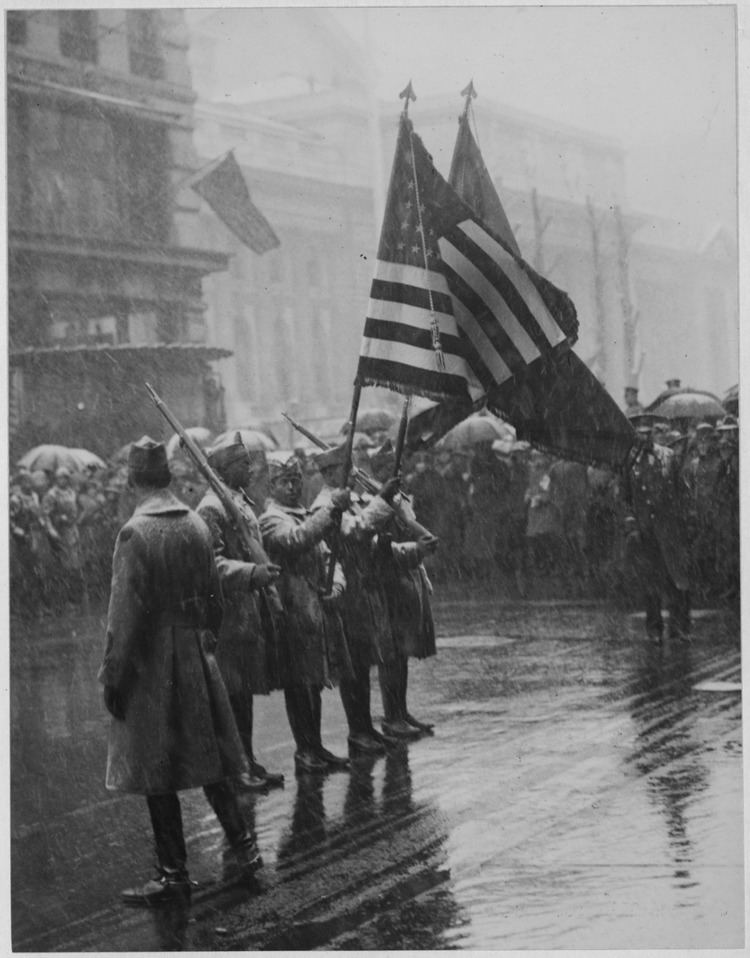Name Fitz Lee | Died September 14, 1899 | |
 | ||
Allegiance United States of America Place of burial Fort Leavenworth National Cemetery, Leavenworth, Kansas, United States | ||
Fitz Lee (June 1866 – September 14, 1899) was a Buffalo Soldier in the United States Army and a recipient of America's highest military decoration—the Medal of Honor—for his actions at the Battle of Tayacoba in the Spanish–American War.
Contents
Biography
Lee joined the Army from his birthplace of Dinwiddie County, Virginia, and by June 30, 1898 he was serving as a Private in Troop M of the 10th Cavalry Regiment. On that day, American forces aboard the Florida near Trinidad, Cuba, dispatched a landing party to provide reconnaissance on Spanish outposts in the area. The party was discovered by Spanish scouts and came under heavy fire; their boats were sunk by enemy cannon fire, leaving them stranded on shore.
The men aboard the Florida launched several rescue attempts; the first four were forced to retreat under heavy fire. The fifth attempt, manned by Lee and three other Privates of the 10th Cavalry (Dennis Bell, William H. Thompkins and George H. Wanton) under the command of Lieutenant Ahern, launched at night and successfully found and rescued the surviving members of the landing party. One year later, on June 23, 1899, four of the rescuers were awarded the Medal of Honor for their actions in what had come to be known as the Battle of Tayacoba.
Fitz Lee died less than three months after receiving the medal; he was buried in Fort Leavenworth National Cemetery, Leavenworth County, Kansas.
Medal of Honor citation
Private Lee's official Medal of Honor citation reads:
Voluntarily went ashore in the face of the enemy and aided in the rescue of his wounded comrades; this after several previous attempts had been frustrated.
